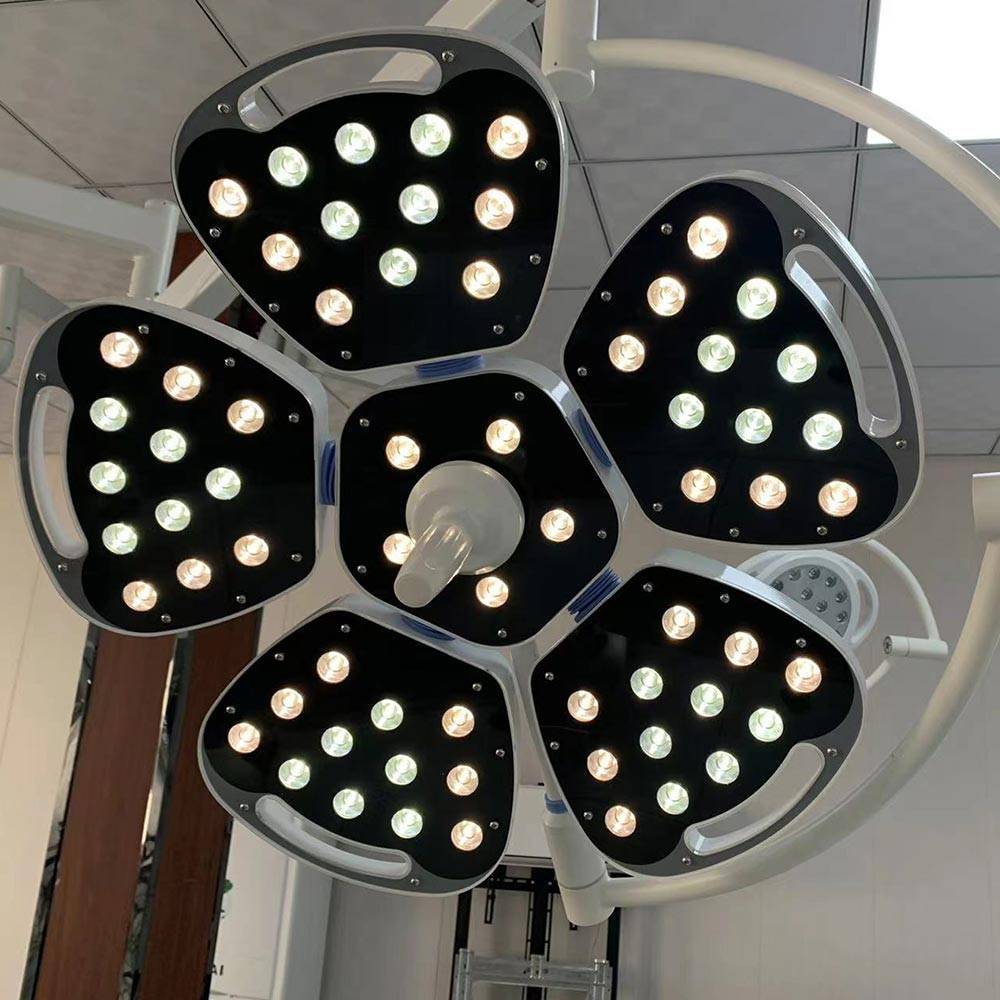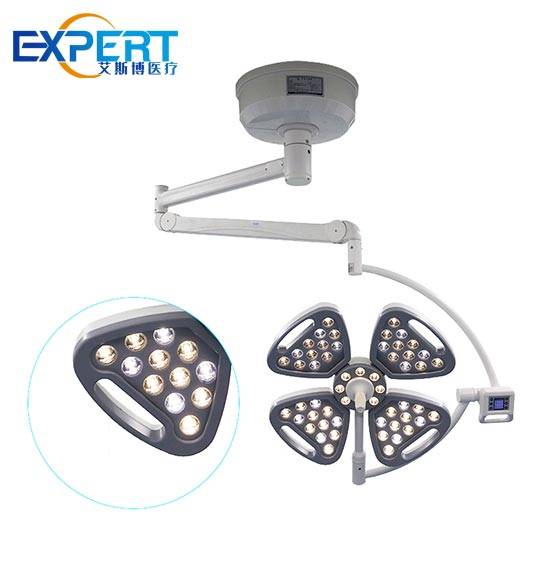Address
304 North Cardinal St.
Dorchester Center, MA 02124
Work Hours
Monday to Friday: 7AM - 7PM
Weekend: 10AM - 5PM
Address
304 North Cardinal St.
Dorchester Center, MA 02124
Work Hours
Monday to Friday: 7AM - 7PM
Weekend: 10AM - 5PM

In the realm of modern medicine, surgical lights play a pivotal role in ensuring optimal visibility and precision during surgical procedures.
Welcome to My Blog!
Before we dive into the content, I’d love for you to join me on my social media platforms where I share more insights, engage with the community, and post updates. Here’s how you can connect with me:
Facebook:https://www.facebook.com/profile.php?id=100071234835011
LinkedIn:https://www.linkedin.com/company/74943205/admin/dashboard/
YouTube:www.youtube.com/@shandongexpertmedicalequip4695
TikTok:www.tiktok.com/@expertmedical
Now, let’s get started on our journey together. I hope you find the content here insightful, engaging, and valuable.
In the realm of modern medicine, surgical lights play a pivotal role in ensuring optimal visibility and precision during surgical procedures. From traditional halogen lights to advanced LED systems, the evolution of surgical lighting technology has revolutionized the operating room environment. In this comprehensive guide, we delve into the key aspects of surgical lights, their importance in surgical settings, and the latest advancements shaping the field.

Surgical lights are specialized lighting systems designed to provide bright, shadow-free illumination of the surgical field. They are strategically positioned above the operating table to illuminate the surgical site while minimizing glare and shadows. Below is a table comparing different types of surgical lights based on key parameters:
| Type | Light Source | Color Temperature | Intensity (Lux) | Lifespan (Hours) |
|---|---|---|---|---|
| Halogen | Halogen Bulb | 3,500 – 4,500 K | 30,000 – 60,000 | 1,000 – 2,000 |
| LED | Light-Emitting Diode | 4,500 – 5,500 K | 60,000 – 160,000 | 30,000 – 60,000 |
| Xenon | Xenon Bulb | 5,000 – 6,000 K | 100,000 – 160,000 | 1,000 – 2,000 |
Surgical lights are evaluated based on several crucial features that determine their effectiveness and suitability for various surgical applications:
Surgical lights are indispensable in a wide range of medical specialties, including:
General Surgery: Providing clear and consistent illumination of the surgical field for diverse procedures such as appendectomies, hernia repairs, and laparoscopic surgeries. The lighting ensures optimal visibility throughout the operation.
Orthopedic Surgery: Facilitating precise and detailed visualization during complex joint replacements, fracture repairs, and spinal surgeries. Accurate lighting is essential for successful outcomes in these intricate procedures.
Neurosurgery: Ensuring optimal and focused lighting for highly delicate procedures involving the brain and spinal cord, such as tumor resections and aneurysm repairs. Precision in lighting can significantly impact the success of these critical operations.
Plastic Surgery: Enhancing visibility and precision for meticulous procedures such as facial reconstructions, breast augmentations, and cosmetic surgeries that require the highest level of accuracy and attention to detail.

Choosing the appropriate surgical lights involves careful consideration of several factors:
Surgical lights are indispensable tools in modern operating rooms, providing surgeons with the illumination they need to perform complex procedures safely and effectively. From traditional halogen lights to advanced LED systems, the evolution of surgical lighting technology continues to drive improvements in patient outcomes and surgical efficiency. By understanding the key features and advantages of different types of surgical lights, healthcare facilities can make informed decisions to enhance the surgical experience for both patients and medical staff.
Q: Are LED surgical lights suitable for all types of surgeries?
A: Yes, LED surgical lights are versatile and can be used in various surgical specialties. However, it’s essential to ensure that the specific light model meets the requirements of the procedure being performed.
Q: How do I choose the right surgical light for my operating room?
A: When selecting surgical lights, consider factors such as light intensity, color rendering, adjustability, and compatibility with the operating room layout and equipment.
Q: Can surgical lights be sterilized between procedures?
A: Depending on the design, some surgical lights feature removable, autoclavable handles or covers that allow for easy sterilization. It’s crucial to follow the manufacturer’s recommendations for cleaning and sterilization procedures.
Q: Can surgical lights be sterilized between procedures?
A: Depending on the design, some surgical lights feature removable, autoclavable handles or covers that allow for easy sterilization. It’s crucial to follow the manufacturer’s recommendations for cleaning and sterilization procedures.
Q: What are the maintenance requirements for surgical lights?
A: Routine maintenance tasks for surgical lights may include bulb replacement, cleaning of lenses and reflectors, and periodic inspection for any signs of damage or malfunction.